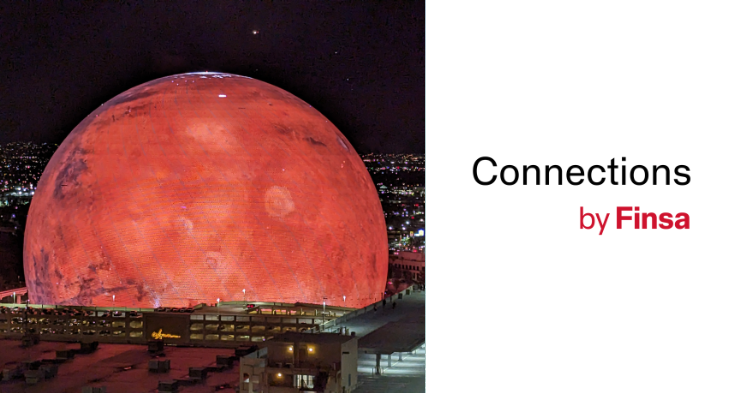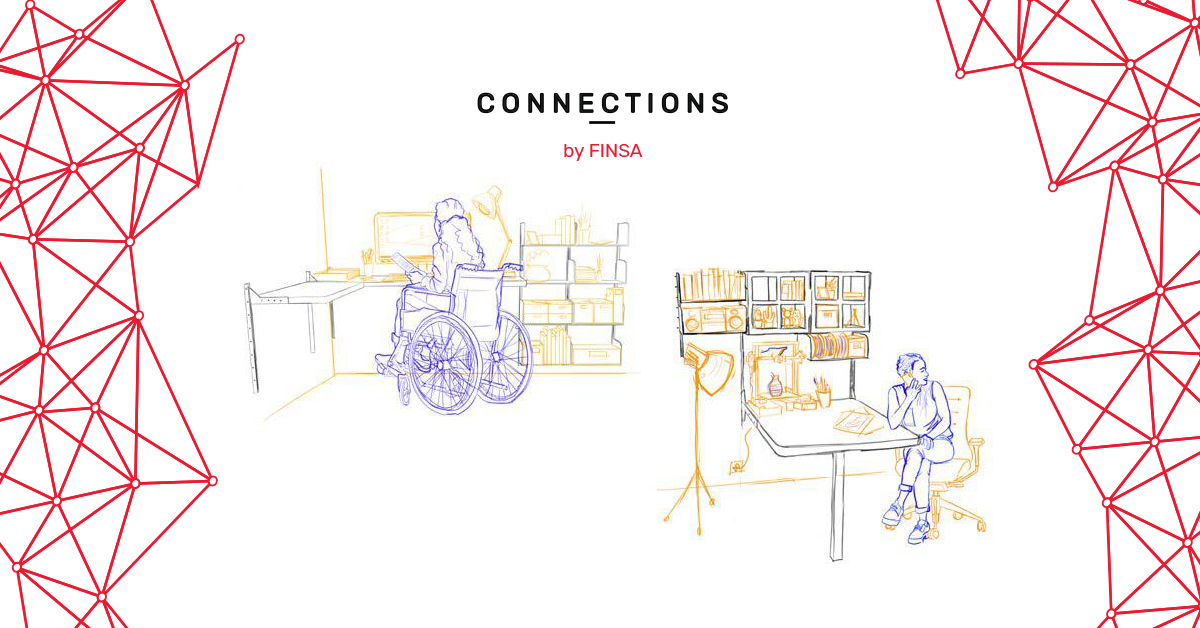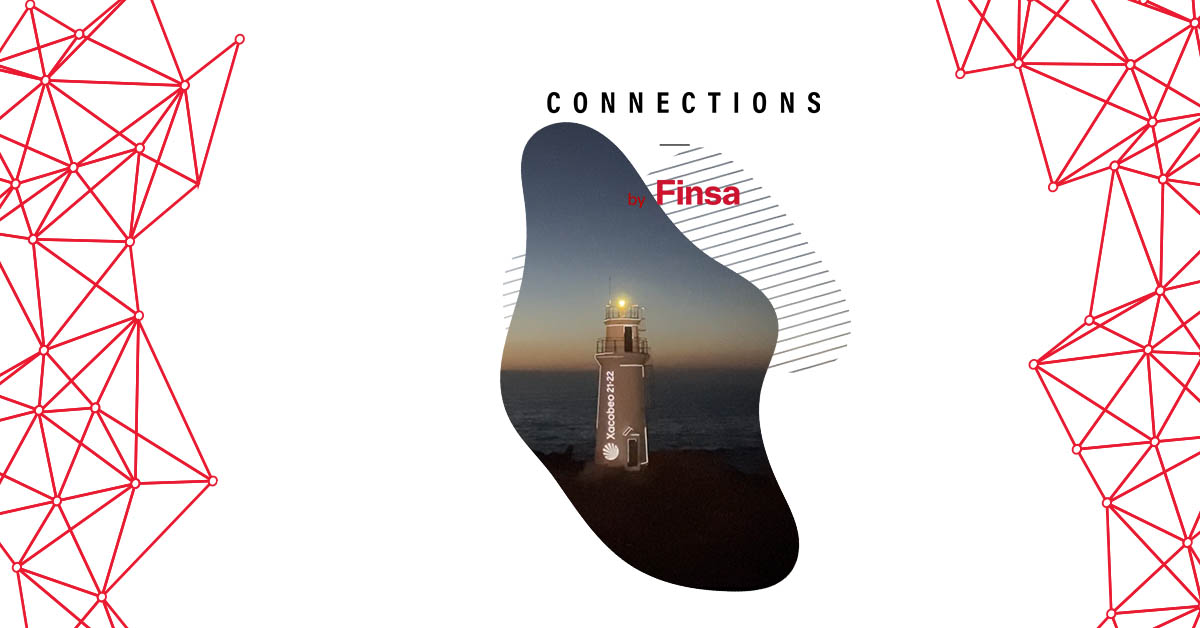The Sphere has already amazed the world of architectural design by becoming, in late 2023, the largest spherical building in the world. Its construction combined computer science, engineering, and artificial intelligence tools. In this post, we analyze the three key aspects that make this leisure center located in Las Vegas a unique work.

360-degree immersion without virtual reality glasses
Can you imagine immersing yourself in a virtual reality world without needing any devices? The Sphere plays with scale to deceive perception. Additionally, it employs seats with haptic technology that move to the rhythm of the image, facilitating immersion. A spectacle experienced by over 18,000 people who attended U2’s inaugural concert.
Ver esta publicación en Instagram
Artificial intelligence from Zaragoza to the world
This impressive luminous sphere was created by SACO Technologies and Oboria Digital, two companies from Aragón, specialized in applying artificial intelligence to architectural design. They began working on The Sphere in 2018 and conducted around 1,800 years of calculations thanks to AI. All this from a STEM team led by women, and based in Zaragoza. They already had experience in developing such large-scale projects. Oboria emerged as a company derived from Vubari Global, responsible for designing the LED screen in the world’s tallest building, the Burj Khalifa. Another of their firms, SACO, with a subsidiary in Canada, was responsible for manufacturing The Sphere’s components.
Ver esta publicación en Instagram
The most spectacular screen in the world
112 meters tall. 157 meters wide. Capacity for over 18,000 people. Over 50 million LED lights visible both day and night, with a resolution up to 32 times superior to the best high-definition television on the market. With these figures, it is understandable why they designed what the briefing requested, “the most spectacular screen in the world“. To create it, artificial intelligence once again proved crucial: it sought solutions to complex problems that are very difficult to program from the perspective of an examiner role and provided the optimal solution for the final result.




